Spelunking gone wrong
We don't often recover organisms that are uncommon in the area. When we do, we seem to get several of them at once. Recently, we recovered Histoplasma capsulatum from several patients. In North America, you usually find them to the east of the Rockies. It doesn't mean they don't exist in Utah. The patients all share some similarities.
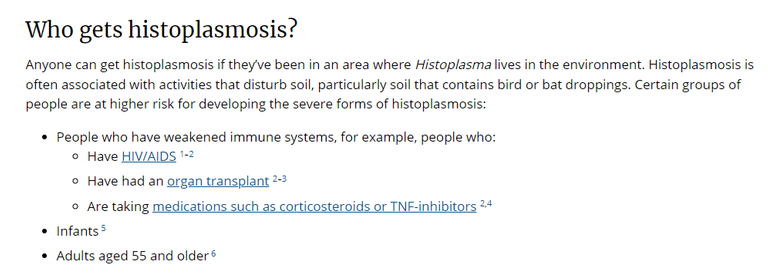
According to the CDC, histoplasmosis often happens to people who are immunocompromised. One patient was confirmed to be HIV positive. The rest all suffer from some immune deficiencies.
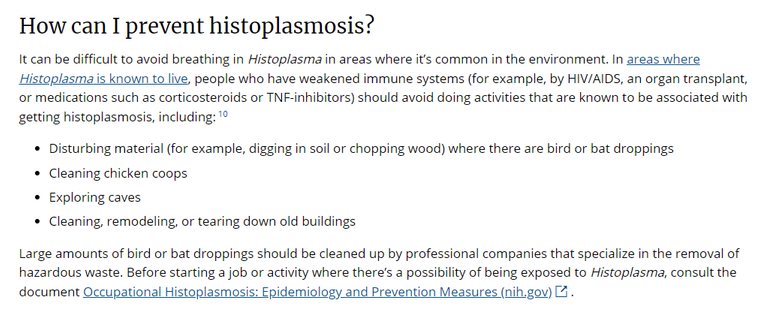
The CDC website also lists the most common sources of infection. In our patients' cases, it would appear they've gone spelunking in different parts of Latin America. The patients have no connections to each other. What are the chances, right?
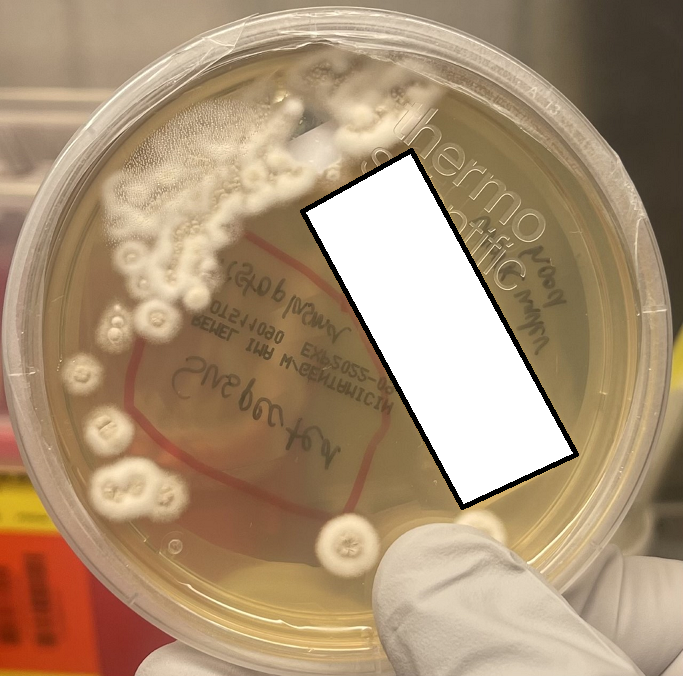
Here's a picture of what Histoplasma looks like growing on the IMA. They sort of look like miniature bird's nests. We also recovered the organism from various sterile sites from the patients. The worst location was from the bone marrow. That will prove to be challenging for drugs to penetrate.
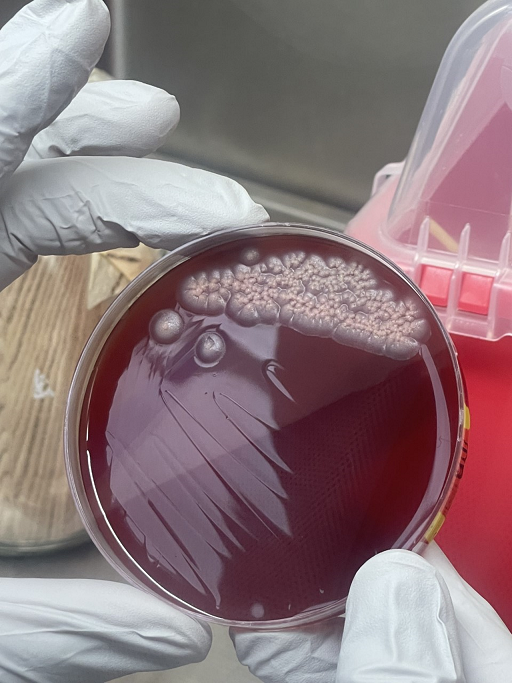
Here is what Histoplasma looks like on the BHI.
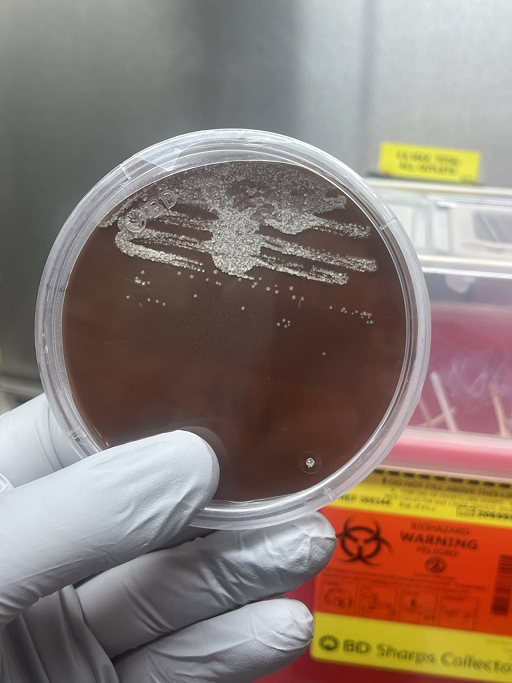
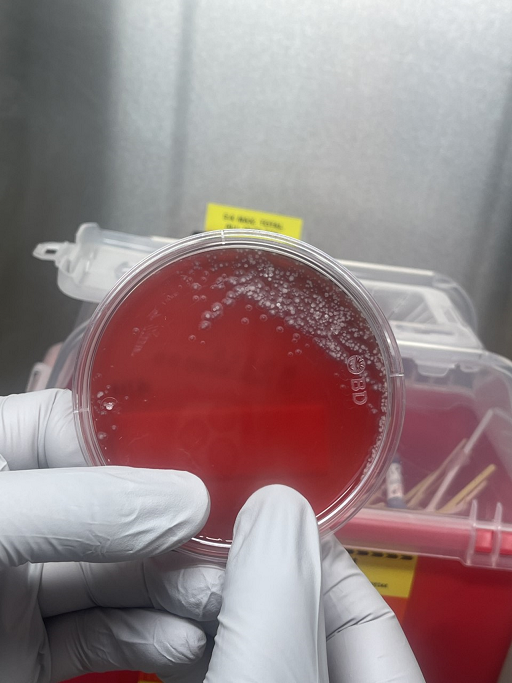
These are pictures from the chocolate and SBA, respectively.
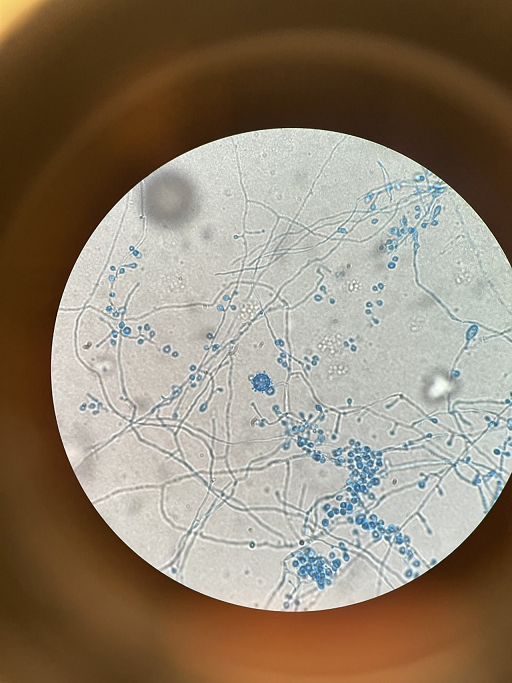
Using lactophenol cotton blue, we look at the structure of the fungus to accrue further evidence this is Histoplasma. You can see the hyphae and the developing macroconidia.
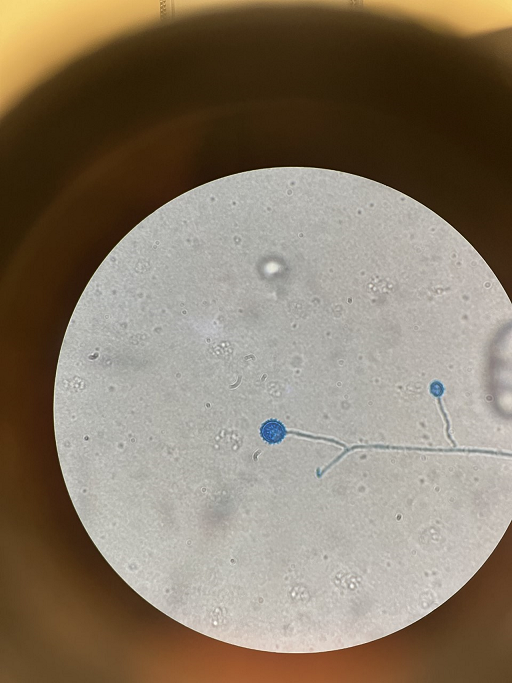
Here is a textbook-perfect macroconidium recovered from a patient sample. The round structure almost looks like an enlarged viral particle. It fascinates me how there exist these repeated patterns in nature. It makes me marvel as to how evolution came to this point.
According to my colleagues, the medical director shared some pictures of their tissue biopsies, but I didn't get a chance to see them. You could find some photos online for your amusement.
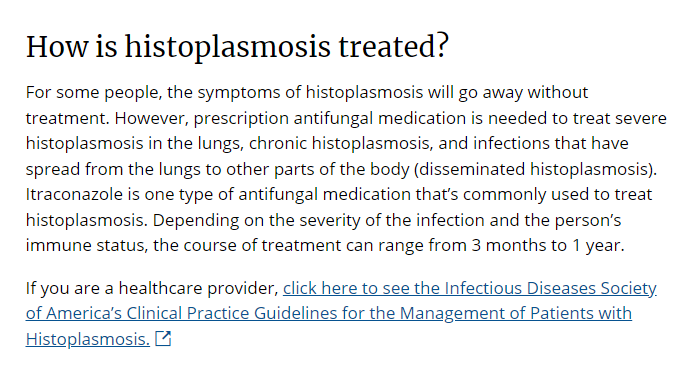
Revisiting the CDC website, the patients need to be on antifungals. It looks like they will be on it for a while. If you are immunocompromised, be mindful of where you are going.
Posted with STEMGeeks
View or trade
BEER.Hey @enforcer48, here is a little bit of
BEERfrom @pixresteemer for you. Enjoy it!Learn how to earn FREE BEER each day by staking your
BEER.i didn't see anything like this.
Did you mean you've never seen anything like this?
It's not that common where I am.
What a find! in a good way since I don't wish any illness on any person! but seeing the morphology of that fungus under the microscope is fantastic! xD the furthest I got was to see the bread fungus xD, if I'm not mistaken it's called mycelium where it manages to expand! good article!
Yeah, we were all surprised how well it looked under the scope.
Thanks for your contribution to the STEMsocial community. Feel free to join us on discord to get to know the rest of us!
Please consider delegating to the @stemsocial account (85% of the curation rewards are returned).
You may also include @stemsocial as a beneficiary of the rewards of this post to get a stronger support.
That's pretty disgusting, also glad to know about it since I like caving once in a while 🙃. I remember going to a cave with a lot of bats and there were rivers just below it where people swim 😂 that must be a very prime location for that kind of infection. I didn't go inside the cave and just stayed on the bridge cause it smelled foul miles away.
You may have dodged a bullet there.
Dear @enforcer48, we need your help!
The Hivebuzz proposal already got important support from the community. However, it lost its funding a few days ago and only needs a few more HP to get funded again.
May we ask you to support it so our team can continue its work this year?
You can do it on Peakd, ecency, Hive.blog or using HiveSigner.
https://peakd.com/me/proposals/199
Your support would be really appreciated.
Thank you!
Lots of people going to caves there?

!1UP
No idea. But, these patients did.
You have received a 1UP from @gwajnberg!
@ctp-curator, @stem-curator, @vyb-curator, @pob-curator, @neoxag-curator, @pal-curator, @cent-curator
And they will bring !PIZZA 🍕.
Learn more about our delegation service to earn daily rewards. Join the Cartel on Discord.
I might be interested, but not amused😇
Great article. I was aware of histoplasmosis and the danger of dried mouse/bat droppings. However, I didn't realize this was a fungal disease. Interesting. Really, very interesting. The slides are great.
We get interesting things every now and then.